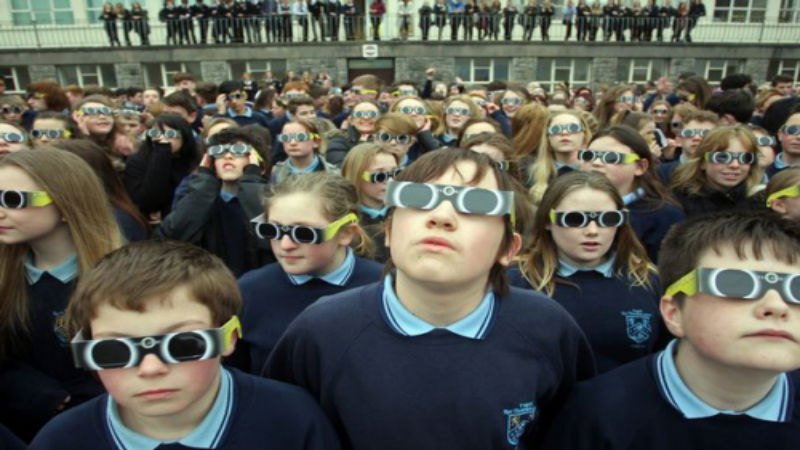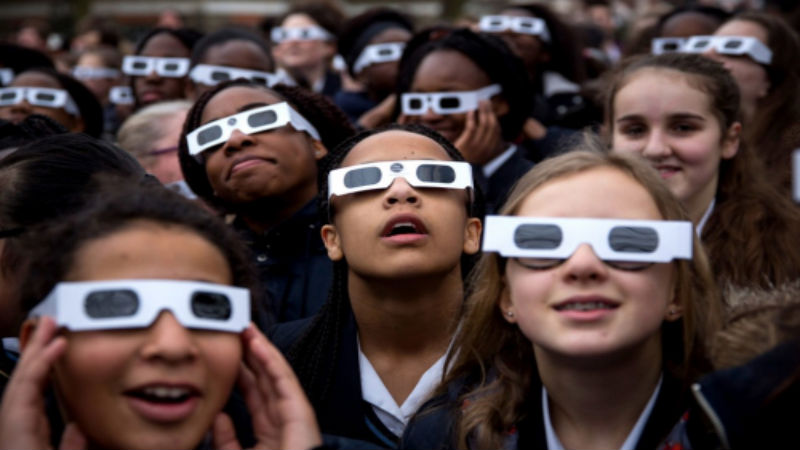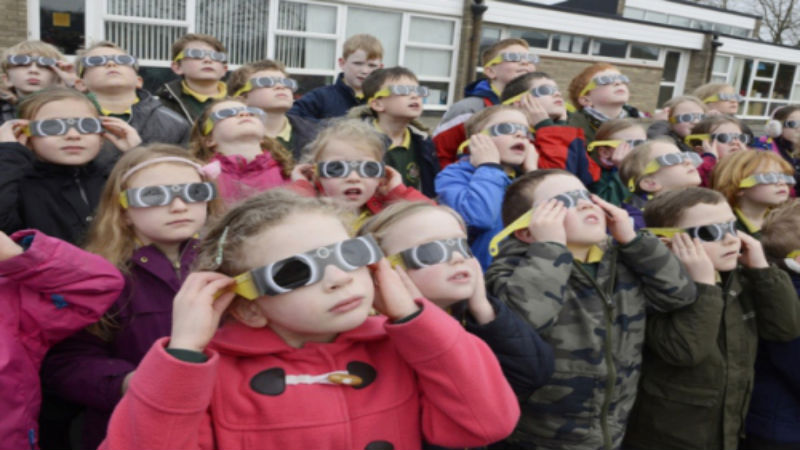Total solar eclipses in North America are rare and don’t happen very often. In fact, before the Great American Ellipse of August 2017, the last eclipse covering many miles happened in 1918. Even partial eclipses are fun to watch, and it gives you a chance to talk to the kids about the cosmos and beyond. When you look at an eclipse, it’s important to use eclipse sunglasses or approved viewing devices. Here are some of the choices you have. Some are safe, and some are not.
Unsafe
Some people still believe old wives tales about using photographic negatives to view eclipses. They are not safe nor is smoked or tinted glass. Regular sunglasses don’t provide the kind of protection you and your family need. X-ray images are not safe and if you’re not sure about what to use, check out NASA’s website on eclipse safety. It contains accurate information.
Safe
The best way to view eclipses is with approved eclipse sunglasses, glasses, or viewers. However, if you have welder’s goggles or shields, you can use them if they are rated at number 14 or higher. A material called aluminized mylar is also safe to use. Yet, it’s much easier to buy what you need because eclipse viewers are inexpensive and give you excellent eye protection.
Some companies that make eclipse viewing devices also make hand-held viewers. They are about the size of a 3-inch by 5-inch card and can fit in most pockets and purses easily. They are a good choice for those who must wear glasses for normal viewing.
What Does Approved Eclipse Sunglasses or Viewers Mean?
When you check out eclipse viewers, look for products approved by ISO standards and CE certified (conforms to European standards). The best viewers filter out 100 percent of harmful UV rays and reduce intense visible light by 99.999 percent.



